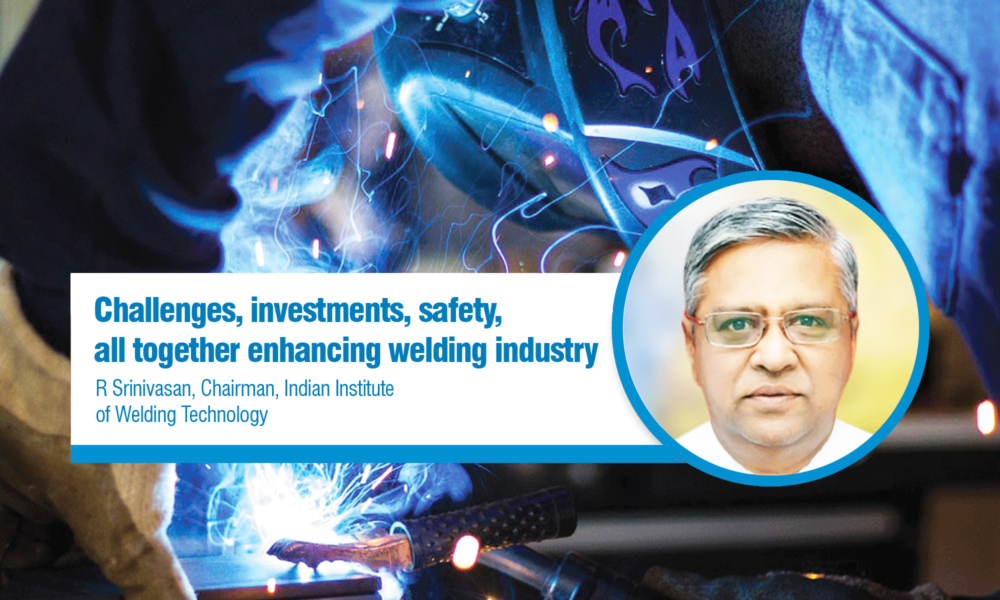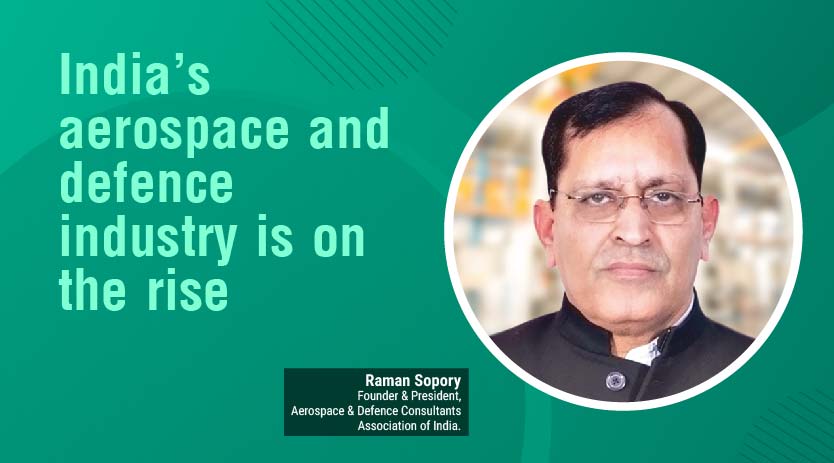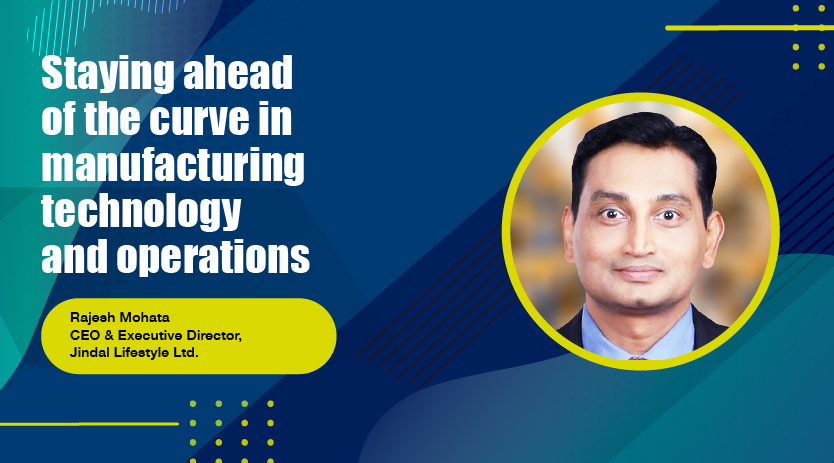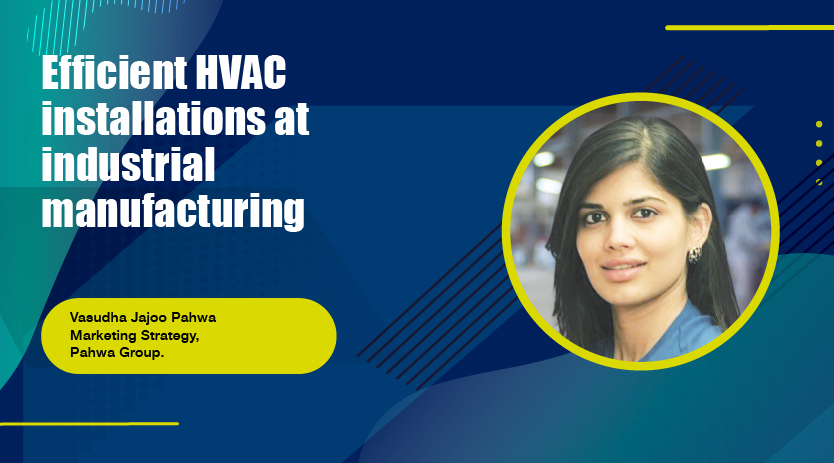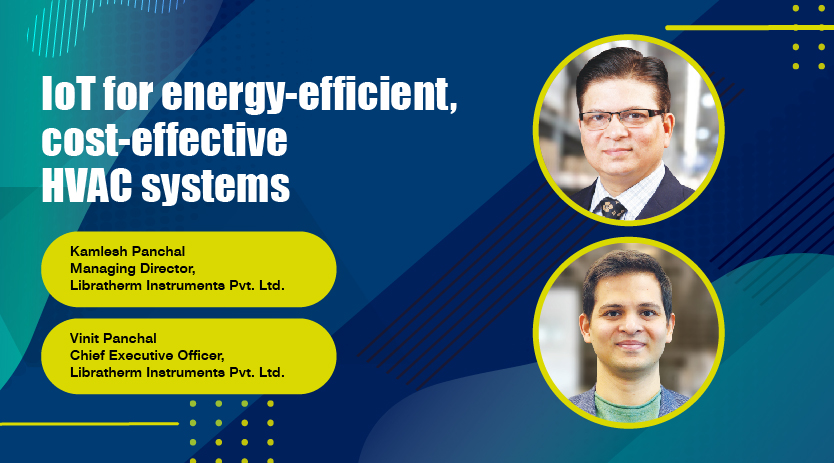Challenges, investments, safety, all together enhancing welding industry
December 16, 2019 12:10 pm
”There is no law as such, so there it takes diversion, government should give continuous statutory law for welding industry.”
R Srinivasan, Chairman, Indian Institute of Welding Technology talks about the event which addressed the short comings of the welding industry, especially with the MSME and the small scale sectors. Today, these manufacturing sector accounts large scale fabrication work of the country.This sector today contributes over more than 60 per cent of the work is beingcarried out by the MSME and small scale industries, depicting the Make in India aspect.
What are the challenges faced by welding business now?
The major challenge in this industry is primarily how to meet the close delivery schedules, how to improve product quality, and how to meet the requirements of international market. Welding industry is changing; new materials, technologies and challenges for the same are coming up. We at The Indian Institute of Welding Technology have organised this event which focuses on Industry 4.0, where we discuss how the welding industry can meet the requirements of Industry 4.0,alot of ground work goes into implementing Industry 4.0 in welding technology. For that, discussions on how to implement Artificial Intelligence, Increased use of Digitalisation , 3D printing, How to implement the National Welding Capability etc., are conducted at the events. Such events provide a gateway for industries to pick up the latest welding technologies which satisfy the requirements. We are also having a Major Welding exhibition WELDINDIA currently for the Industries. This exhibition will showcase the latest technologies that are developed in the WeldingEquipment, Automation and other Welding system with the use of Artificial Intelligence.
How do you look at the market demand and supply scenario for automation (for welding)?
Automation is very important. Today, there is a wrong notion that automation is going to cost or reduce the use of manpower.However, that is not the case. Automation is needed in India to meet the market challenges and keep quality consistency. The manual worka welder does can use automation or can be programmed; when it is a programmed automation, the repeatability of the task is promptly achieved, thus, the success rate is high. At the same time, theamount of manual labour required to program automation such as studying and designing the program,coding the program, various other electrical things is enormous. So here, not only the welders or the welding industry is involved but the electronic industry comes into picture as well.
Electronic industries require electronically qualified and instrumentation experts to be involved in the automation of the welding industry. This widens the scope of the welding industry as other up-stream people like non-mechanical engineers or, non-mechanical technicians will also get an opportunity to work in this.
What the efforts taken by IIW to enhance supply of skilled welders for the industry?
One of the main challenges that the welding industry is facing is the lack of availability of skilled person for both the white collars and blue collar jobs. There is a huge shortage of skilled man power in the Indian welding industry. We have a good and substantial amount of software industry personal but when it comes to fabrication industry, the amounts are seemingly very low.
People do not opt for taking up even basic welding courses. They mostly make a career in IT/software or other field. So, because of non- availability of people, when new demands crop up, it’s creating a vacuum. This vacuum has to be bridged by advanced technologies of automation industry but at the same time since welding islargely manually oriented, the presence of people can’t be avoided. So, now the welding institute has developed new courses for the welding engineers and welders to bring them into the national stream of economy. The fabrication industry needs to have a good amount of skilled employees. The government, to aid the industry, has now agreed to release close to Rs 100 lakh crores of investment in 5 years of time.
As mentioned earlier today large scale of manufacturing activities are carried by MSME and SME who has very few or negligent number of certified welders. This sector needs to use the technology and get their Welding Professionals duly certified to meet the Global standards. To implement this the Industries, The certification bodies likeThe welding Institute and the Government all three should play avery important role. We at IIW India is harping this matter at every available opportunity to increase the certification at these sectors.
How do you evaluate the safety practice for welding?
Safety is a very important aspect of welding industry, but unfortunately what is happening is that quite a large segment of manufacturing activities are dependent on the small scale and medium scale of manufacturers. They have restrictions in funding manpower and safety tools. There is no law as such, so there it takes diversion, today enforcement of law is absent for welding. I would suggest that press should highlight that government should give continuous statutory law, for example if you are a doctor you cannot practice without valid license, if you want to be a driver you cannot drive without driving license, if you want to be a lawyer you have to be member of bar councillor. But today what has happened is anybody can do the welding because there is no law. Government is the notified body so they have to ensure that certain amount of safety should be made mandatory, we as an industry will not be able to enforce it. The Government or the statutory Bodies should ensure only the certified welding professional as Per ISO 17024 is to be used so that the quality and the safety of the welding will be at par with the requirements.
For example, today when you walk on the road people are more aware about not throwing garbage on the road, they know if they put the garbage they will be fined because the enforcement is there, otherwise two years ago everybody was throwing garbage on the road and going, earlier even I use to drink water and throw bottle on the road but today I make sure I keep it in my pocket and see where is the garbage bag. So this kind of mandatory requirements which one has to follow. If you want to have proper manufacturing facility, for that one should have to implement safety, and certified personal to use the work. These are all the things required; Today though the rules are partly in existence the but it needs to be implemented. Though these are implemented in big industries, but what has happened is that 70 percent of the work is done by the small scale industries appointed by them.I advice that the big industries should ensure that thesmall scale industries appointed by them should also comply to this. Though there is a lot of improvement in safety, people are getting more aware now, if you see the accident rates in the industry has come down drastically, basically because of the proper utilisation of safety rules and regulations people are also getting more concerned about the safety, but still there is large amount of area where it needs improvement.
IIW is a statutory body, a non-profit organisation run by the professionals of the country who are pretty much equipped with the market knowledge and what the industry needs; accordingly they design various programs for the industry. We have an expert panel with global presence who shares their learning and experiences with those willing to learn. We strive to give all the benefits to this industry. This institute is working exclusively for the industry for their knowledge improvement, knowledge sharing, and for their technical upliftment to meet the global challenges in terms of quality, services and better products.
When we talk about 100 lakh crore of investment in next 5 years by the government, how do you think it will suffice for welding industry?
The demand always grows, Today lot of sectors like Power, Defence, Railways are being opened to Private sector and to Public enterprises. These opening will give rise to large amount of manufacturing activity Infrastructure and Transportation ministry is planning to use the large coastal area of the country for ease of transposition. It plans to develop more bigger and small ports shipping requirements . These are all basically the new vision of the country and if we are to reach 5 trillion economy by 2025 so, these investments are mandatory. Because our prime minister’s vision is that India will be a five trillion economy by 2025 hardly we have 5 years down the line, we are now on 1 trillion we have to go five folds.
Do you think the population that we have is helping the 5 trillion economy growth? Also what do you think of the economy going slow?
I wouldn’t say economy has gone slow, yes, there is always a cycle, it happens.Once in six/seven year there is always going to be a cycle. Throughout the globe its happening but I think in India I would say there is a slight pressure on economy, with the GDP slightly down, government is taking measures to ease the economy. Especially the automobile industry, today the technology is changing, now that electrical engines are going to come and new Euro norms are going to come, so that is why the auto industry has stopped manufacturing, they are going to have new products it is just taking a little time for them to come in. Though I don’t think the economy slow down for India is for a long time, economy has to grow, it will grow, because see now inflation has been very stable,rate of interest has come down drastically so it is just a matter of time. There is a small hit on economy but it is not going to affect the GDP growth at larger aspect.
R Srinivasan, Chairman, Indian Institute of Welding Technology
Cookie Consent
We use cookies to personalize your experience. By continuing to visit this website you agree to our Terms & Conditions, Privacy Policy and Cookie Policy.



